Mistaken Identity?
Rogers Hall is currently being gutted and will emerge as part of the Integrated Science Center II. Built in 1975, Rogers Hall housed the Chemistry department and took its name for William & Mary educated William Barton Rogers (1804-1882). The 1970s era Rogers Hall replaced the original Rogers Hall (currently Tyler Hall), which also housed chemistry. Generations of W&M students associate Rogers with chemistry. But just who was William Barton Rogers?
For many it may come as a surprise that Rogers was a geologist. He served as a professor of natural philosophy at the College from 1828 to 1835. In the early 19th century scientific disciplines were cast as the natural philosophies. Indeed, Rogers made contributions in chemistry and physics, but is best known for his geologic endeavors. He was Virginia’s first state geologist and led the earliest systematic survey of Virginia’s geology. In conjunction with his brother Henry Darwin Rogers, also educated at W&M and state geologist of Pennsylvania, he offered up an explanation for the origin of mountain ranges. In 1842 they presented a paper entitled “The Law of Structures of the more Disturbed Zones of the Earth’s Crust” based on their studies in the Appalachians. Rogers left Virginia in 1853 and was seminal in the founding of the Massachusetts Institute of Technology in the 1860’s, serving as its president twice from 1862-1870 and 1878-1881.
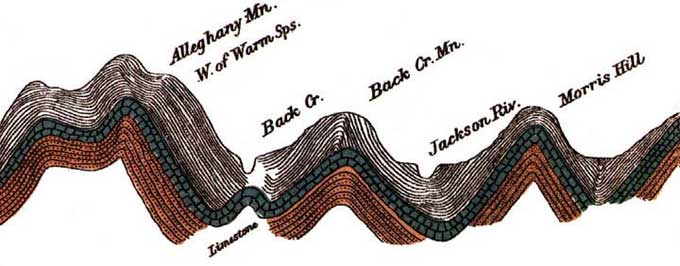
W. B. Rogers geologic cross section through the western Virginia Appalachians (1836). Note: section is vertically exaggerated.
Virginia’s highest peak is named for William Barton Rogers, topping out at 1746 meters above sea level (5729’) in the southwestern Blue Ridge Mountains. 750 million years ago this was a volcanic complex spewing great clouds of hot ash and lava onto the Earth’s surface forming a thick pile of rhyolite. Mt. Rogers is not in any technical way a volcano, rather it’s underlain by ancient volcanic rocks and the mountain’s shape produced by erosional processes currently active in the Blue Ridge.
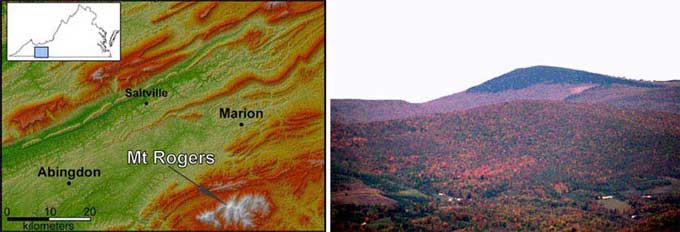
Shaded relief map of the Mt. Rogers area and view of Mt. Rogers from the southwest.
The Geology department visited the Mount Rogers massif during our recent Fall Break field trip. Our Mount Rogers excursion occurred on a spectacular sun-drenched day with the autumn colors at their peak. We clambered over the old volcanic rocks and reveled in the long vistas.
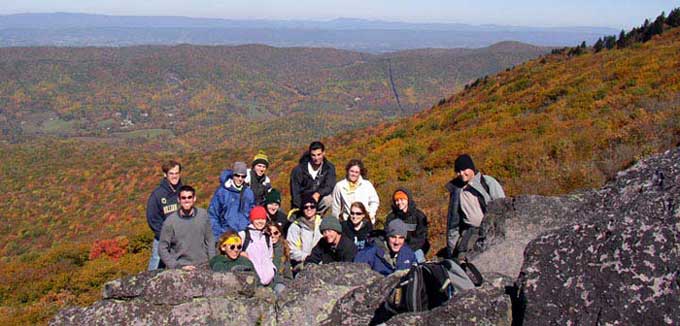
A glorious day in the Blue Ridge
I wondered what old Professor Rogers might say if he was perched with us up in the Blue Ridge on the field trip. Surely we’d talk of “disturbed zones” and plate tectonics. But might he not ask “why William & Mary considers him just a chemist and what on earth has happened to his namesake building?”

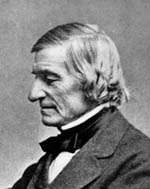
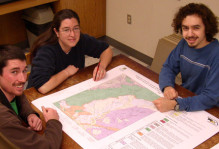

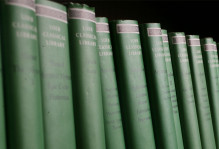
No comments.
Comments are currently closed. Comments are closed on all posts older than one year, and for those in our archive.